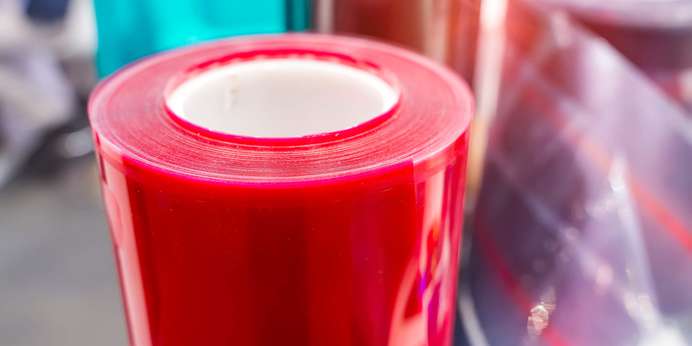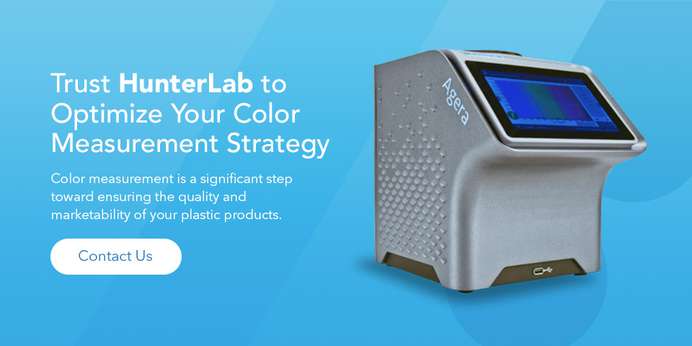
Maintaining consistent color in opaque sheet plastic is crucial for manufacturers. Even slight color variations can impact brand identity and product quality. The right tools and techniques can achieve precise color control, ensuring every sheet matches your specifications.
The best way to measure the color of opaque sheet plastic is by using a spectrophotometer. These solutions analyze light reflected from a sample and translate it into numerical data. This data represents value in a defined color space, allowing for objective and repeatable measurements.
Factors Affecting the Appearance of Opaque Plastics
When measuring color in opaque materials, we focus on reflectance. Reflectance is how light interacts with the plastic's surface and reflects on our eyes. Various aspects can influence how color appears on opaque materials, including:
- Opacity: This refers to the material's ability to block light. Opaque plastics do not allow light to pass through. While not directly related to color measurement, opacity can affect color perception.
- Surface texture: Glossy or matte finishes impact how light interacts with the plastic, influencing the perceived color. Standardizing surface texture provides a complete picture of the plastic's visual characteristics.
- Lighting conditions: The type of light source can affect how color appears. Standardizing lighting conditions during color measurement is crucial for consistent results.


